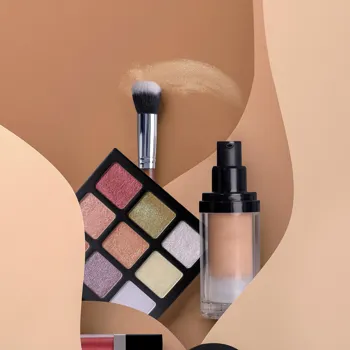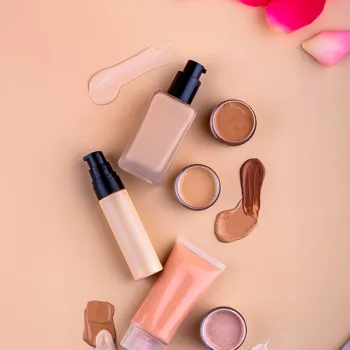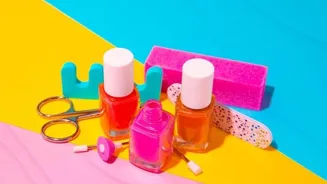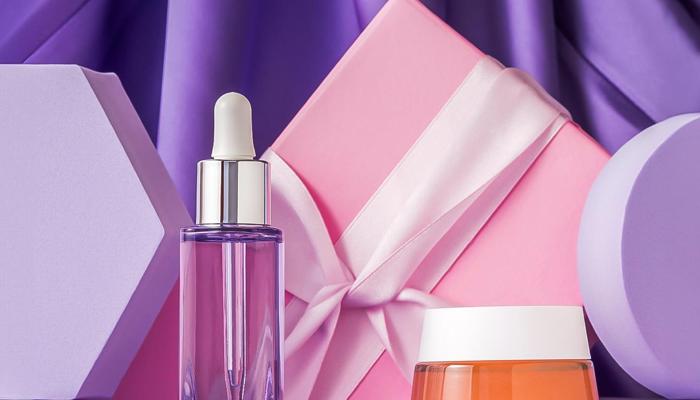Unlock Your Beauty: The Magic of Colors for Your Skin Tone. Dive into choosing shades that enhance your radiance
Ever wondered why that stunning red dress looked absolutely smashing on your friend, but
made you resemble a washed-out ghost? The secret, my friends, lies in understanding the magic of color and how it interacts with your unique skin tone.

Forget blindly following trends; let's dive into the art of selecting shades that will truly illuminate your beauty and make you shine brighter than a Diwali diya. Choosing the right colors can be transformative, enhancing your complexion and boosting your confidence.
Indian skin tones vary, warm, cool, or neutral undertones key. Veins indicate undertone
Indian skin tones are a beautiful spectrum, ranging from fair porcelain to deep ebony, with countless variations in between. We're blessed with warm, cool, and neutral undertones. Understanding these undertones is key to unlocking the color code.
A simple trick to determine your undertone is to look at the veins on your wrist. If they appear bluish or purple, you likely have cool undertones. Green veins suggest warm undertones. And if you can't quite tell, or they look a mix of both, congratulations, you're likely neutral.
Decode color palette: warm tones for warm undertones, cool tones for cool undertones, neutrals for all
Now, let's decode the color palette. For those with warm undertones, think earthy tones like golden yellows, rusty oranges, olive greens, and warm browns. Jewel tones such as ruby red, emerald green, and sapphire blue can also work beautifully.
Avoid icy blues, pale pinks, and cool greys, as they can make your complexion look dull. If you have cool undertones, embrace cool blues, purples, pinks, and silvers. Emerald greens and deep reds can also add a touch of drama.
Stay away from mustard yellows, olive greens, and oranges, as these can clash with your skin. Neutrals, you lucky ducks, can experiment with a wider range of colors. However, sticking to muted versions of both warm and cool tones will generally work best.
Fashion is self-expression, wear what makes you feel good, experiment with colors
But remember, these are just guidelines, not strict rules carved in stone. Fashion is about self-expression, and the most important thing is to wear what makes you feel good. Don't be afraid to experiment and break the rules.
Try on different colors, see what complements your skin tone in different lighting, and trust your gut feeling. A little bit of experimentation can work wonders. Understanding color theory is essential to dress for your skin color.
Foundation shades match skin undertones; lipstick and eye makeup vary by tone
Beyond clothing, the same principles apply to makeup. Choosing the right foundation shade is crucial for a flawless base. For warm undertones, opt for foundations with yellow or golden undertones. Cool undertones pair well with foundations that have pink or peach undertones.

And for neutral undertones, look for foundations with balanced undertones. The right lipstick shade can also make a huge difference. Warm-toned beauties can rock corals, oranges, and warm reds. Cool-toned individuals will shine in pinks, berries, and cool reds.
For eye makeup, warm tones benefit from bronze, gold, and brown shades, while cool tones can experiment with silvers, purples, and blues.
Power of color enhances beauty, boosts confidence, reflects personality
Ultimately, the power of color lies in its ability to enhance your natural beauty and boost your confidence. By understanding your skin tone and experimenting with different shades, you can unlock a world of possibilities and create a wardrobe that truly reflects your unique personality.

So, go forth, embrace the color spectrum, and let your inner radiance shine through. It is also very important to go through the color chart. Color can change how people see you.
Understanding skin undertones is crucial; distinguish from skin shade
Knowing your skin undertone is essential. Many people are confused by skin shade, and skin undertone. Skin shade refers to how light or dark your skin is, while skin undertone refers to the subtle hue underneath the skin's surface.
Your skin shade can change with the seasons (becoming darker in the summer and lighter in the winter), but your undertone remains constant. Remember those childhood crayon sets? Think of colors in the same way.
If you can figure out what color you are similar to, then you can decide what is best for you. In India we have different skin undertones.
Experiment with color palettes, break rules, find confidence, mix colors creatively
Experiment and create a color palette. Don't take these rules too seriously. It's crucial to remember that these are guidelines, not strict rules. The most important thing is to experiment and find out what colors you feel most confident and comfortable in.
Try wearing different colors in well-lit areas and observe how they make your skin look. Don't be afraid to mix and match colors that you wouldn't normally put together. Be willing to step outside your comfort zone. Be creative! Don't go for anything uncomfortable.
Always remember to be confident in your selections.
AI Generated Content. Glance/InMobi shall have no liability for the content









